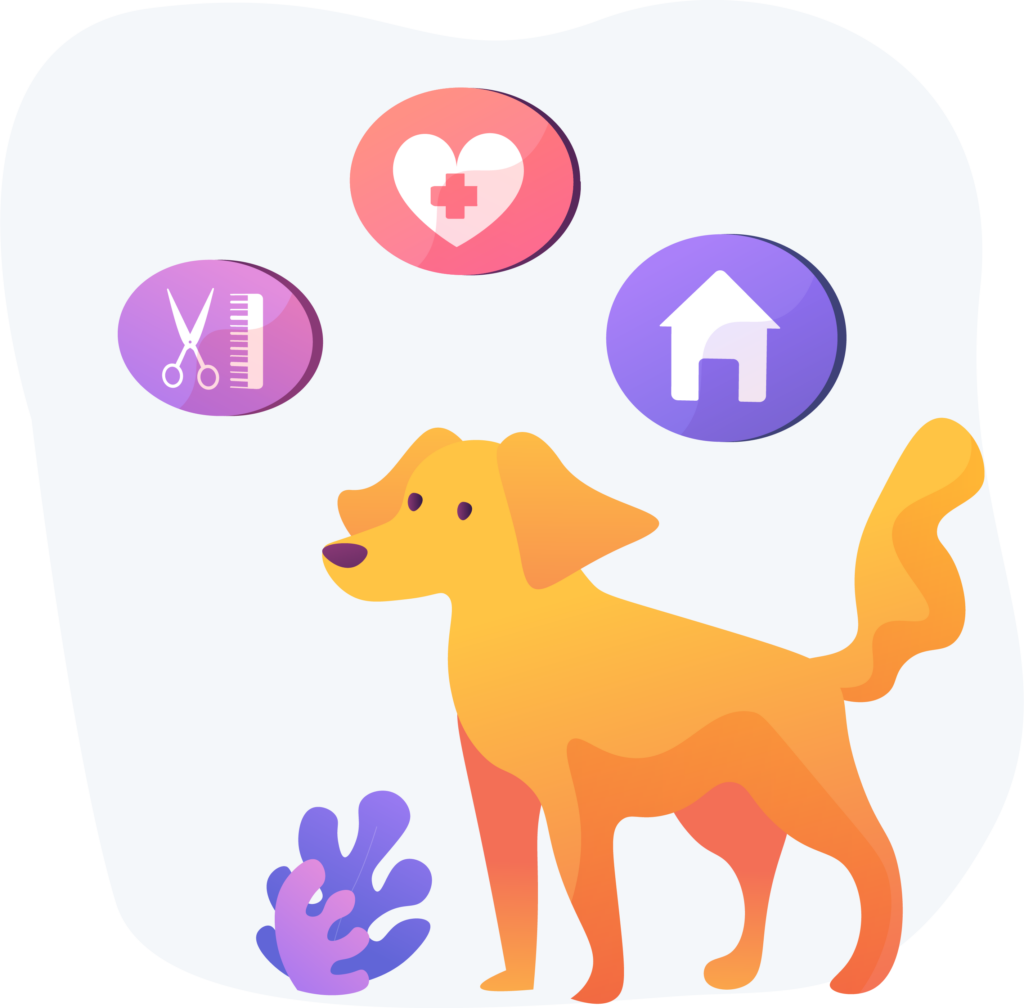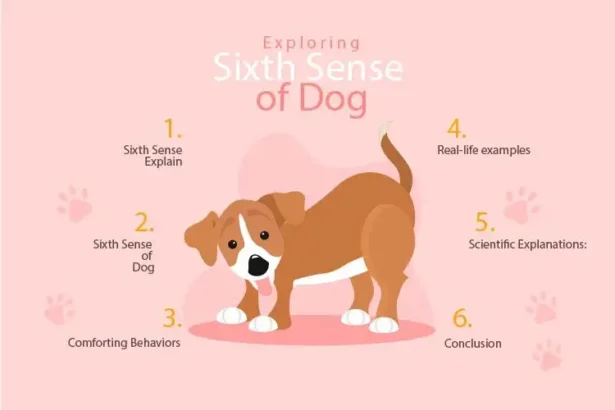As the link between humans and their dogs grows stronger, pet owners must become more aware of their furry friends’ well-being, including their mental health.
Dogs, like humans, may suffer from emotional difficulties, with depression being a major problem. In this article, we’ll look at the various signals that your dog is sad (is the dog depressed) and suggest specific activities you may do to cheer them up. Recognizing and treating doggie depression is critical to having a happy and healthy connection with your beloved pet.
Money can buy you a fine dog, but only love can make him wag his tail.
Serena Williams
4 Warning Signs:
Our beloved pets are not immune to the fine details of emotions, and they, like humans, can go through times of sorrow or despair. While dogs cannot convey their emotions vocally, they do so via their behavior. Here are four warning signals that your dog is going through a difficult time:

Changes in Appetite:
Eating patterns are an important predictor of a dog’s emotional well-being. Monitoring your dog’s appetite is critical for spotting any depressive symptoms. A sudden lack of interest in eating or a major change in appetite, whether an increase or reduction in food consumption, might be a warning sign. A dog that is generally eager about mealtime but suddenly seems disconnected or hesitant to eat might be suffering from emotional discomfort.

On the other hand, unexpected overeating or a sudden increase in appetite might be signs of an underlying problem. Keep an eye on your dog’s feeding habits, and any obvious changes should trigger more attention and analysis.
Decreased Activity Levels:

Physical activity is an important element of a dog’s general well-being. If you observe a substantial decline in your previously lively and fun dog’s activity levels, it might be an indication of an emotional transformation. Dogs are inherently busy creatures, and unexpected apathy or disinterest in previously enjoyed activities might indicate underlying mental discomfort.
Keep an eye out for any changes in their excitement for walks, games, or other engaging activities. A reluctance to engage in things that formerly brought them delight indicates that their attitude has shifted. While dogs may choose to relax on occasion, a prolonged and persistent drop in activity levels requires careful observation and, if required, action to address any issues.
Withdrawal and Avoidance:

Dogs thrive on relationships with people and other pets since they are innately sociable creatures. An abrupt withdrawal or avoidance of social interactions might be an indication of underlying discomfort. This behavioral shift might show a reluctance to engage in previously loved activities, avoidance of interaction with family members, or avoidance of other pets. Monitoring and resolving such retreats is critical to recognizing and managing any potential emotional issues your dog may be experiencing.
Sleep Disturbances:

Sleep is vital for a dog’s general health, and disruptions in their usual sleeping habits might indicate underlying concerns. Changes like as restlessness, frequent waking during the night, or trouble falling asleep may indicate discomfort or stress. Paying attention to changes in your dog’s sleep pattern might provide important information about their mental condition. Addressing any causes that are causing sleep problems will benefit your dog’s mental and physical health.
What to Do:
Consult Your Veterinarian:

When you notice changes in your dog’s behavior, the first and most important action is to schedule a visit to the veterinarian. Check for any probable health conditions that might be affecting your dog’s behavior. Dogs’ behavior may vary in reaction to physical discomfort or suffering. A comprehensive checkup by a veterinarian may help discover and manage any underlying health issues, safeguarding your dog’s well-being and laying the groundwork for dealing with behavioral changes.
Create a Positive Environment:
Create a pleasant environment for your dog’s mental and emotional wellness by providing comfort, excitement, and routine. Take early steps to guarantee their happiness and well-being.
- For mental stimulation, provide a choice of stimulating toys.
- Engage in active playtime with your dog to improve your relationship.
- Maintain a steady daily schedule to provide predictability.
- Make sure that the environment feels comfortable and pleasant.
- Prioritize pleasant relationships to create a joyful and secure environment.
Social Interaction:
Effective social interactions might help your dog achieve emotional satisfaction. Spend time doing good things like caressing, snuggling, and gentle play. These interactions build your relationship with your pet, creating a sense of security and emotional well-being.
The world would be a nicer place if everyone had the ability to love as unconditionally as a dog
M.K. Clinton
Growing a deep link with your dog is about more than just company; it’s about generating moments of delight and connection. Spend valuable time participating in pleasant social connections, whether it’s the comforting touch of petting or the shared enjoyment of amusing pastimes. These moments not only add to your dog’s emotional happiness, but they also enhance your special and treasured bond with your canine buddy.
Actions speak louder than words in the language of connection, and shared experiences of love and play form an unshakable tie.
Increase Physical Activity:

Regular exercise is an essential component of a comprehensive approach to canine care. Aside from the obvious physical benefits, regular physical activity is critical for improving mental well-being. Simple yet effective activities including regular walks, fetch, or discovering new outdoor experiences are more than simply methods to burn off energy; they are crucial components of a happy and healthy dog’s existence. These activities not only give physical exercise for your dog, but they also occupy their minds, adding to their total mental and emotional well-being.”
Conclusion:
Understanding the warning signs of depression in your dog and taking early actions to manage it is an important element of responsible pet ownership. You can contribute to your dog’s general well-being and improve the relationship you share by being attentive to their needs and creating an environment of support.







Hi there would you mind letting me know which webhost you’re working with? I’ve loaded your blog in 3 completely different internet browsers and I must say this blog loads a lot quicker then most. Can you suggest a good internet hosting provider at a reasonable price? Thanks, I appreciate it!
Pretty element of content. I just stumbled upon your weblog and in accession capital to assert that I get actually loved account your blog posts. Anyway I’ll be subscribing for your feeds and even I fulfillment you get entry to persistently quickly.
Nice post. I was checking constantly this blog and I’m impressed! Extremely helpful information particularly the ultimate part 🙂 I deal with such information much. I was looking for this particular info for a very lengthy time. Thank you and good luck.